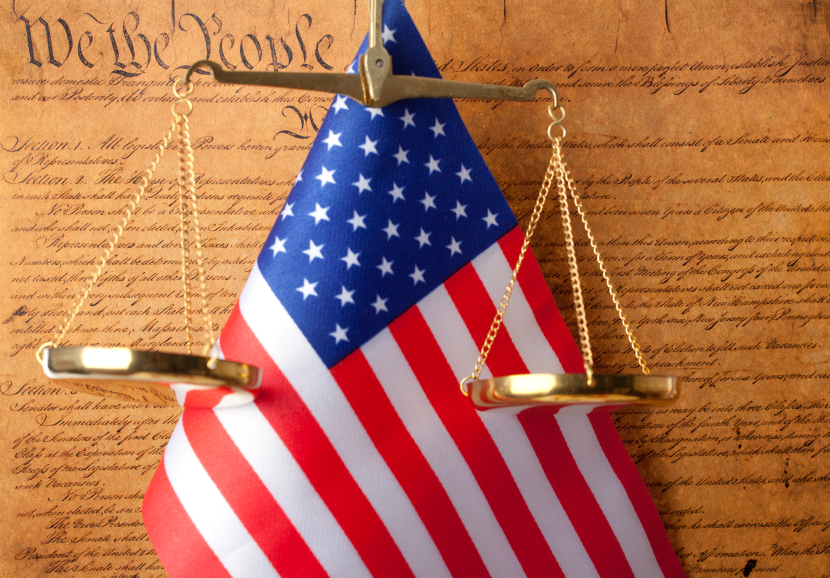AEA Launches Initiative Detailing How States and the Public are Fighting Back
WASHINGTON – Today, the American Energy Alliance is launching SmartPowerPlan.org—a hub for the latest information on how states and the public are fighting back against the EPA’s so-called Clean Power Plan.
This one-stop shop provides the latest news, legal analysis, public comments, and state action against the EPA’s carbon rule. The site also includes a legislative tracker and an interactive map detailing which states are taking action to protect their citizens from the rule.
Opposition to EPA’s carbon rule is strong and growing. A majority of states have already demonstrated opposition to the proposed rule, with six governors threatening to not submit a plan.
Due in part to this growing opposition, EPA is expected to make adjustments when it announces its final rule as early as next week. In hopes of goading states to submit plans, it has been reported that EPA is expected to delay deadlines and offer up “incentives” for states that submit plans early and deploy green energy and energy efficiency programs. State leaders should not let these bribery schemes dupe them into submitting state plans.
Here are 5 issues to keep in mind before the final the rule is released:
1.) How does EPA try to enforce “building blocks” it lacks the authority to impose?First and foremost, the EPA doesn’t have the legal authority to regulate power plants under Section 111d since they are already regulated under Section 112 (MATS). They also don’t have the legal authority to go outside the fence and regulate building blocks 2-4 at the state level. To do so would force states to overhaul their electricity systems in violation of the anti-commandeering and anti-coercion doctrines. If President Obama wants to impose cap and trade or a carbon tax scheme, he needs to go through the legislative process (something that his own party rejected when they controlled the House and Senate) not just rely on regulatory fiat.
2.) Does EPA recognize its cost estimates don’t reflect reality? The Supreme Court recently remanded EPA’s mercury rule for failing to consider costs. EPA’s carbon rule is expected to be much costlier, likely raising electricity rates by double digits in many states. A new study from the National Rural Electric Cooperative Association found that a 10 percent increase in electricity rates would destroy 882,000 jobs annually, on average, between 2020 and 2040, with peak job losses of 1.2 million in 2021. A 25 percent increase in utility bills would destroy 1.5 million jobs annually with a peak of 2.2 million in 2021. No amount of “flexibility” EPA offers in its final rule will prevent electricity rates from rising and Americans from suffering.
3.) Does EPA finally address the health – wealth link? The EPA has thus far failed to properly consider the impact of rising electricity prices on Americans’ health. A major factor in health outcomes is socioeconomic status (I.e., whether you have a job and can pay your bills). By raising energy prices and making people poorer, EPA’s regulation could also make people sicker. This would undermine EPA’s claims that the rule benefits public health. EPA cannot continue to ignore the negative impact of higher energy prices on Americans health and well-being.
4.) Does EPA consider what will happen if states don’t submit plans? As noted above, EPA lacks the legal authority to impose any of its four “building blocks”. As a result, the only way to achieve the proposed emission reductions is for states to submit plans that self-impose these measures. However, a growing number of states are resisting EPA’s call to submit a plan: to date, six governors have announced they do not intend to submit a plan and more than a dozen states have enacted legislative hurdles. If enough states reject the regulation, EPA could be forced to severely amend the emission target or withdraw the rule altogether.
5.) How does EPA try to justify a climate rule that does nothing to address climate change? Despite these enormous costs on families and businesses, the rule would yield little to no benefit to the climate. For instance, the stated purpose of the proposed rule is to fight climate change by reducing carbon dioxide emissions by 30%. But using the EPA’s own models, the rule would amount to a 0.02 degrees Celsius difference in world temperatures by 2100 and reduced sea levels by the equivalent of three sheets of paper. If EPA’s final rule reduces the emission target under the guise of “flexibility” these puny benefits will be even smaller. All for the symbolic gesture that America is doing something on climate.
###
